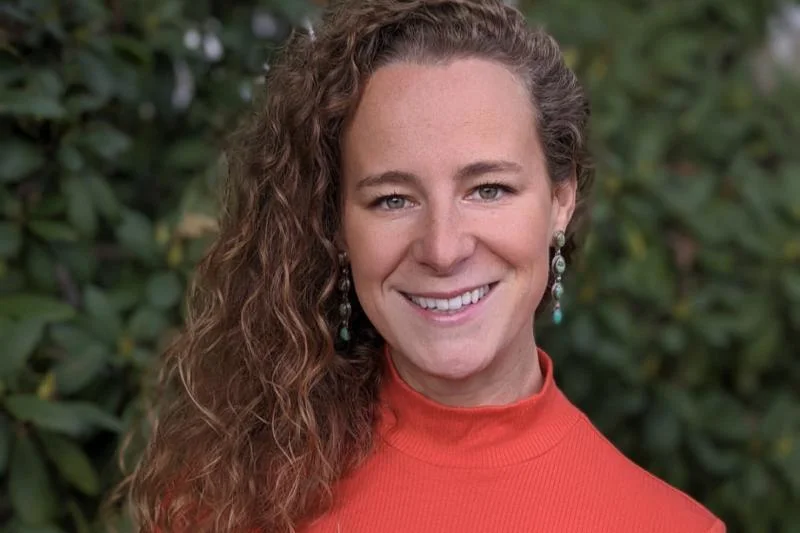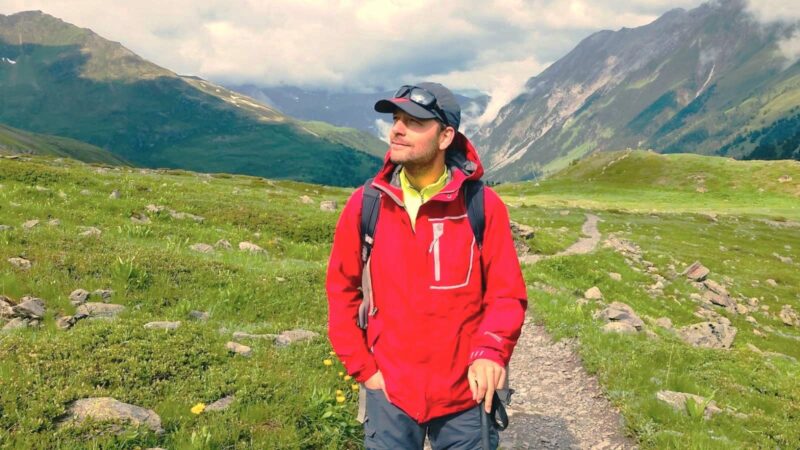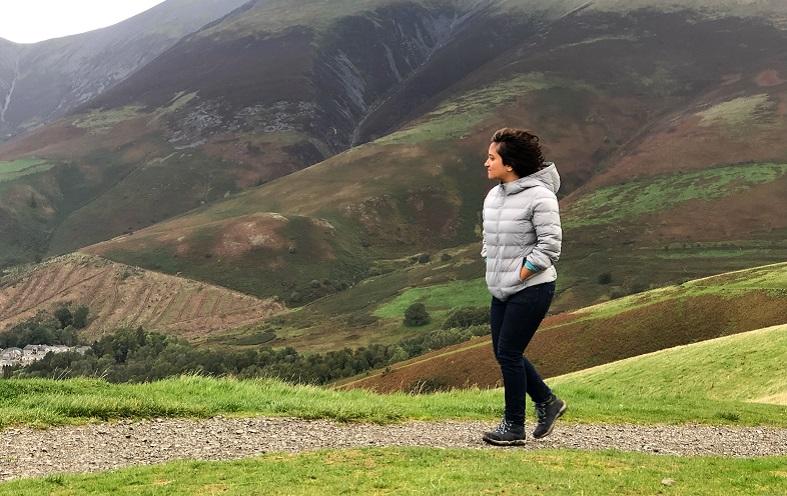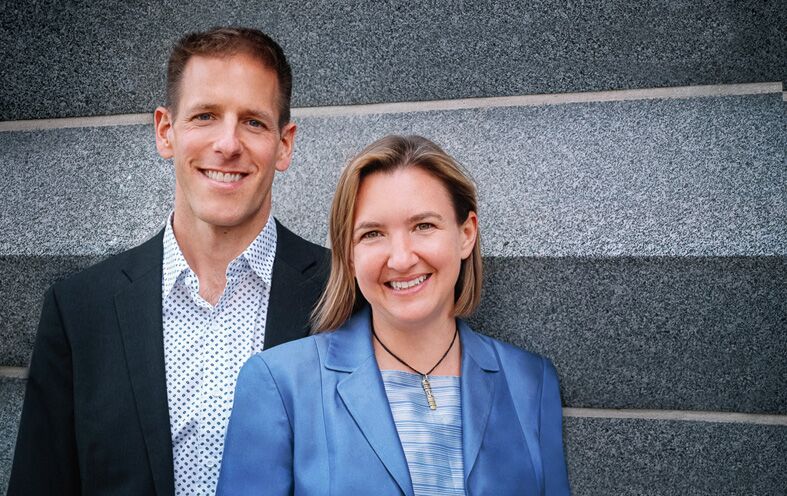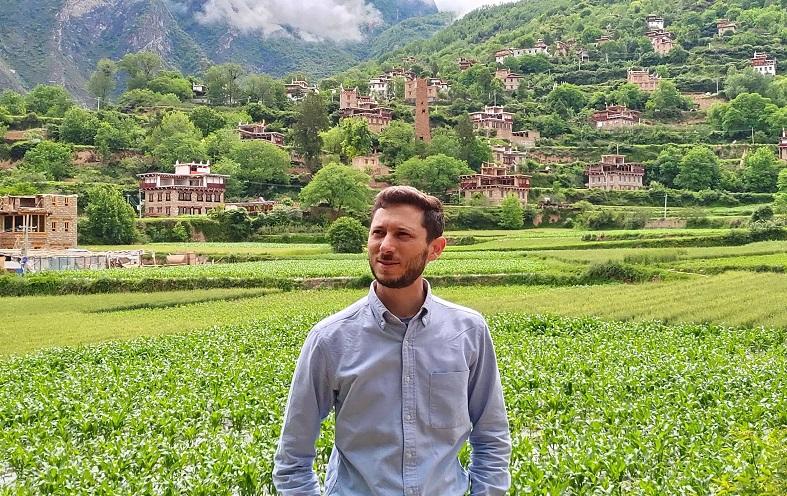
Destinations, tourism sustainability and geotourism are the focus of this interview with Jonathan Tourtellot, whose professional journey has included positions as feature writer and editor for National Geographic Traveler, as well as researcher, communicator and facilitator for the Destination Stewardship Center.
Learn about:
- How Jonathan Tourtellot’s view of tourism and sustainability has changed over the years;
- Why he established the Destination Stewardship Center, and what it is all about;
- Lessons learned from his more than 20 years with the National Geographic Traveler;
- Overtourism, and how destination managers can deal with it;
- The main destination challenges right now, regarding sustainability;
- How sustainability performance impacts destination reputation and competitiveness;
- His thoughts on the current state of tourism sustainability in the USA;
- 3 bits of sustainability advice for destination managers.
Jonathan, you have been involved in sustainable tourism and destination stewardship for many years. Do you remember what brought you to the topic in the first place? And your view/thoughts on destination sustainability back then?
In the 1990s I happened to return to two places for which I had fond memories from visits a decade earlier: the coast of Crete and northern Iceland. I was stunned. Resorts and villas had sprung up all along Crete’s Aegean coast, catering to international resort tourism and blunting the very Creteness of the place. Around Lake Myvatn in Iceland the changes were more subtle: A hot spring closed here, pathways roped off there. Growth in tourism was taming the wild appeal of the area. The two experiences constituted an epiphany for me. Tourism was transforming the world—even in once-remote northern Iceland!—but it seemed the world was not paying much attention.
I was a writer/editor at National Geographic then, where I had always been most focused on both travel and Earth-system sciences—ecology, climate, human geography. That led me to learn about ecotourism, which in turn led me to tourism impacts generally.
Once I wandered into the valley of tourism policy, I never came out again; tourism interacts with almost everything! Never boring. I’ve been trying to call more attention to it ever since.
Now in 2017, how has your view on tourism and sustainability changed?
I love travel. I still believe that tourism can do a lot of good, not only from revenues that incentivize conservation and fight poverty, but also in terms of public education and public diplomacy.
A world with tourism tends to be more peaceful than one without. You’re less likely to drop bombs on a place where you’ve had a nice holiday.
Originally, I thought the push for tourism sustainability would have to be consumer-led, driven by eco-friendly traveler demand. Instead, it was led more by businesses and NGOs, supported by modest consumer interest. The industry has begun to clean itself up, and that’s great. Unfortunately, though, the industry has not done much to impose limits on itself.
The volume and style of tourism growth concerns me. The sustainability movement has not really tackled these issues head on.
From the beginning, “sustainability” has been seen as primarily environmental. Without question, Earth’s environmental health is critical, but that concern has tended to preempt the other aspects of sustaining the quality and character of a destination—culture, social health, aesthetics. Ironically, even conservation of natural habitats can get shoved aside. I know of at least one resort that proudly touts its LEED-certified buildings while leaving not one centimeter of its shoreline in a natural state.
Now, with the power of the sharing economy on tap, I’m coming back to a belief that the general public, or at least the proactive portion of it, has a role to play, by providing useful feedback to destinations.
Why did you establish the Destination Stewardship Center, and what is it about?
It actually began in 2001 as National Geographic’s “Sustainable Tourism Initiative” and evolved into the Center for Sustainable Destinations, a part of what was then called National Geographic Mission Programs.
In the course of that work, we initiated the annual Destination Stewardship surveys that ran as the cover story in National Geographic Traveler for seven years. We initiated the Geotourism MapGuide program, which enlisted local participation so as to raise perceived value of destination distinctiveness.
With National Geographic Traveler and the Travel Industry Association of America (now renamed U.S.T.A.) we introduced in 2002 the concept of the “geotourism approach”, defined as “Tourism that sustains or enhances the geographical character of a place—its environment, culture, aesthetics, heritage, and the well-being of its residents.”
Inspired by the principles of good ecotourism, my wife, Sally Bensusen, and I had coined that term in 1997 as an umbrella approach that would include not only natural habitats, but all the endemic characteristics of a destination.
Despite some confusion with the narrow geological use of the same word (especially in the context of geoparks), the “National Geographic definition” has been adopted in various parts of the world, including an endorsement by the tourism ministers of the Organization of American States in 2013. Today we’re working with geotourism advocates in Mexico, Albania, Alaska, and Indonesia, among many others.
As part of a multiyear restructuring, National Geographic terminated funding for the Center for Sustainable Destinations in 2010, so I reestablished it as the independent, nonprofit Destination Stewardship Center—CSD became DSC—still with the same mission: “To help protect the world’s distinctive places by supporting wisely managed tourism and enlightened destination stewardship.”
So far, that support is largely informational—resource directories, news aggregation, presentations and workshops for destinations and conferences, and a collaborative blog platform open to anyone with an appropriate contribution to make.
We are now launching a pilot video project to tell and disseminate stewardship success stories. The DSC website is itself a kind of demonstration project, hinting at what needs to happen on a much broader basis, and we’re open to any future arrangement—informational services, partnership, sponsorship, membership, even merger—that will advance the mission.
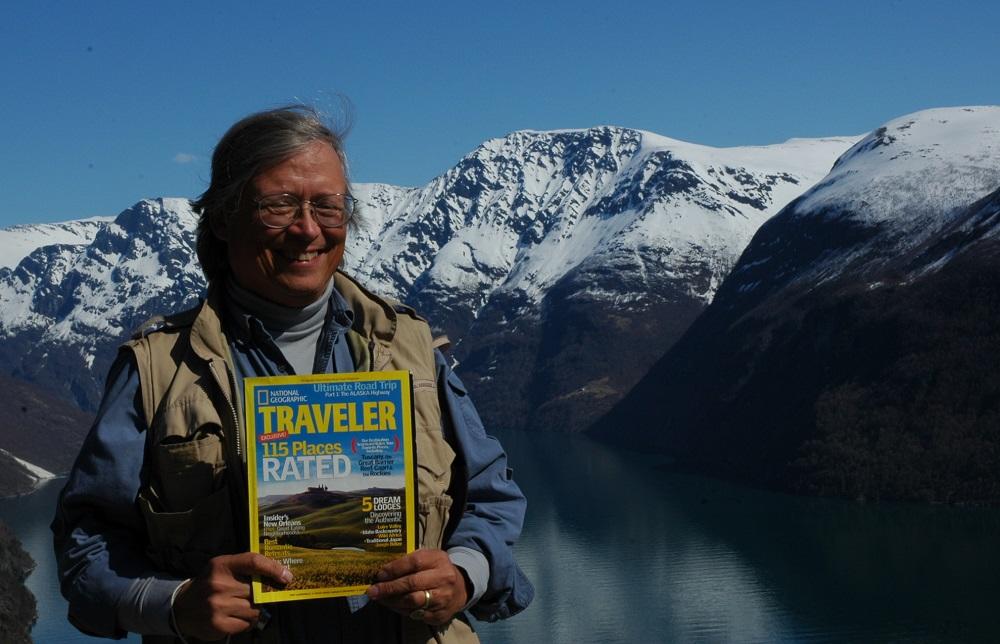
Having worked with the National Geographic Traveler magazine from 1991 until 2015, which are your key insights and lessons from that period?
The world is in the middle of the greatest media revolution since Gutenberg. Information technology has disrupted most conventional media business models, and National Geographic’s media have not been spared, resulting in their eventual merger with Fox late in 2015. Even before then, magazine and institutional economics required pleasing readers and advertisers first; sustainability themes had to fit in around the edges, or not at all.
In fact, it has been frustratingly difficult to interest conventional media in destination stewardship, partly because so many editors have preconceptions about where to put tourism topics. Travel articles are supposed to be upbeat, entertaining, inspirational, with a touch of consumer advice how to get a good deal or airplane seat. No negative impacts, please. The only other travel option is the business news category, which only covers tourism industry profits, losses, and such things as which hotel chain added the most rooms that year.
Stories on the overtourism phenomenon are among those finally pushing destination stewardship into the general-news category.
As for success and disappointment, my greatest were the same: I succeeded in mustering National Geographic financial support for a sustainable-destination program for nine years, but I failed to get it institutionally locked in for keeps, as I had hoped. Not surprising, perhaps, given the sea change that was underway. At least the work we did then continues in other ways today.
Overtourism has become a critical sustainability issue for many popular destinations now, especially cities like Barcelona. In your view, what can destination managers do to address this?
I call it the numbers problem. It remains stunningly unrecognized by both governments and the tourism industry.
International tourist traffic has increased forty-fold since the days of the first commercial jetliners, but all those people must fit into spaces and places that remain the same size they were in 1958. And still tourism ministers everywhere keep calling for yet more arrivals. Large cruise ships exacerbate the problem by dumping thousands of low-benefit daytrippers into historic ports and cities. World Heritage sites and other famous attractions are especially susceptible.
Bragging rights have always been an incentive for travel, but in many places it lately seems to have become the sole incentive, with busloads of selfie-stick-wielding tourists crowding in, taking their proof-of-place photos, and zooming out. They experience nothing, learn nothing, and provide minimal economic benefit while taking up lots of space.
Whether it’s an entire city like Barcelona or a few square meters of standing room in front of the Mona Lisa, we cannot fit ever-increasing numbers of visitors into finite spaces without consequence. Destination managers must publicly confront arithmetic reality. We need policies that incentivize longer stays for serious travelers and disincentivize hit-and-run, high-traffic, selfie-stick tourism. Measure success not by arrival headcounts, but by benefits per tourist.
The U.N. have declared 2017 the International Year of Sustainable Tourism for Development. In your view, which are the main destination challenges right now regarding the sustainability of travel and tourism?
So far, the impact of the U.N. year has seemed underwhelming. Perhaps something usable will come out of it by year’s end.
Measures of success are the biggest challenge. The relentless drive for ever more arrivals trumps any real progress in sustainable practices for destinations. Too many hotel-dominated DMOs measure success by heads in beds, not by benefit for the destination as a whole. (And they want those heads be in HOTEL beds, not those of Airbnb hosts!) Token green gestures by the industry do not address the larger issues of caring for the destination. Linen re-use in itself does not achieve sustainability.
Aside from purely manufactured attractions like theme parks, the ultimate tourism product is the place itself. That reality remains strangely unrecognized by government and industry (but not by tourists!). There are encouraging exceptions, though. I was party to one hotel chain’s “responsible business day” competition. One of the best entries showed hotel staff helping to restore local shrines and parks. The slogan: “It’s our product. Of course we want to protect it!” That attitude needs to become pervasive.
From 2004-2010 you ran the annual Destination Stewardship surveys in National Geographic Traveler magazine. Judging by your findings from those surveys, and your current research at the Destination Stewardship Center, how important is a destination’s (actual and perceived) sustainability performance for its reputation and competitiveness?
Not important enough, not yet. The real goal of those surveys was to stimulate public discussion, and in some cases it worked. Whenever local advocates cited some destination’s National Geographic score as a reason to adopt a more sustainable policy, that was a victory, just because the interaction between tourism and stewardship had never been discussed before. That alone did not ensure any changes, of course.
Until a sustainability stewardship rating is as well-recognized as a Michelin star, developing destinations will have trouble incentivizing long-term sustainable policies in the face of short-term economic needs.
We have had numerous inquiries about resuming those surveys, which involved two rounds of soliciting experts’ opinions from all over the world. The surveys were trailblazing at the time—and expensive to conduct. Based on lessons learned, I personally would like to see them restart with a combined methodology—part expert opinion, part hard data from such sources as Albert Salman’s destinations database, and part proactive public opinion. That would require obtaining public opinion in a form more structured than the random remarks you can see on crowd-sourced websites.
Ratings that always average out to 4.3 stars won’t help. I’m intrigued with the rise of Airbnb and its kin, whose memberships include both hosts and guests—residents and tourists. Together, these people have the potential to send powerful messages to destination leadership.
 Imagine you could turn back time and start all over again. Knowing what you know now about the media business, travel and sustainability, what would you do differently?
Imagine you could turn back time and start all over again. Knowing what you know now about the media business, travel and sustainability, what would you do differently?
In one way, not much. For several years, the then editor-in-chief of National Geographic Traveler, Keith Bellows, gave me space to write about destination issues. We were able to operate the Center for Sustainable Destinations at National Geographic. These occurred at about the only point in that institution’s history when the conditions were right, and the right people were in the right place and cautiously willing to give it a try. The National Geographic brand affiliation and our alignment of missions was impossible to beat.
But I knew continued institutional support was uncertain, so I concentrated on trying to cement a permanent role for the Center inside the National Geographic Society. In retrospect, I would have instead given highest priority to our proposed, self-sustaining global geotourism network, with multiple sources of support.
Today we still need that global knowledge network to inform and promote better destination stewardship. The Sustainability Leaders United is a good step in that direction.
Your thoughts on the current state of tourism sustainability in North America, USA especially?
Even pre-Trump, the U.S. has been unusual in that “sustainable” is regarded with active hostility in conservative sections of the country, as is “U.N.” and “environmentalism.” The concept does have traction in the Pacific and northeastern coastal states, but nationally, tourism sustainability isn’t even on the radar. Canada by contrast—despite dependence on extractive industries—still seems to do a better job in destination stewardship than the U.S., as demonstrated in our National Geographic survey results.
Trump’s “America First” and anti-environmental stances have now added a giant and very unpleasant distraction, complete with a disagreeable impact on international tourism into the U.S. People who would be working on sustainability are instead concentrating their efforts on fighting Trump’s policies. For now, it’s three steps backward, and none forward.
Your 3 bits of advice to destination managers eager to embrace sustainability and to turn it into a reputational and competitive advantage?
- Discover, protect, and responsibly develop your unique cultural and natural assets. Authenticity and distinctiveness cannot be undersold by cheaper competitors.
- To do that, form a destination stewardship council, with public, private, and civil-society membership, tasked with protecting nature and culture, enhancing quality, and marketing responsibly to appropriate tourism segments.
- As noted above, established destinations should incentivize high-quality tourism and disincentivize high-quantity tourism. Count success not by increased arrivals, but by benefits per tourist.
Thank you, Jonathan.
Connect with Jonathan Tourtellot on LinkedIn, explore his National Geographic profile or follow his work in Facebook and Twitter. More about the Destination Stewardship Centre here.
Enjoyed our interview with Jonathan Tourtellot on destination stewardship and sustainable tourism trends and challenges? Share and spread the word!

